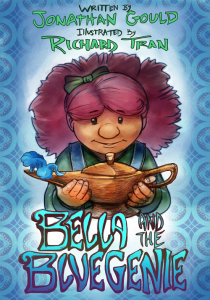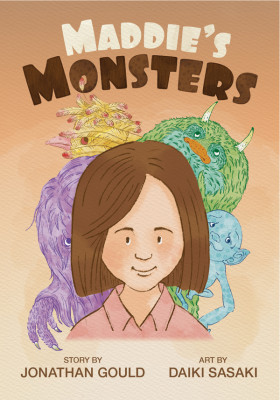Today is a chance to provide a bit of an update on the progress of my new novel. You remember the one? It’s the comic fantasy romance adventure satire – and if I can think of a couple of extra genres, I’ll probably throw them in as well. Anyway, the good news is that lots of progress has been made. I’m now up to chapter 14 and have managed to produce over 40,000 words, which puts me well past the halfway mark. I have a feeling that from next week, progress will slow a bit, but that will be the subject of next week’s post.
This critical point, roughly halfway to a completed first draft, is a good time to reflect on the whole drafting process and particularly what goes into an effective first draft.
As many wiser and more experienced writers than myself have stated, the most important aspect of creating a first draft is just getting it done. It’s going to be rough but that’s the whole point. There’s a second draft to get things right. And then a third draft. And maybe a fourth and fifth draft, and so on.
Given my writing method combines both plotting and pantsing, first drafting can become a particularly intricate process. My planning generally involves mapping out a series of major set pieces, where the most significant plot advances occur. But the space between those set pieces is filled out by the pantsing – and quite often the actual contents of the set pieces is pantsed as well.
When I get to one of these major plot events, I have a rough idea of what is meant to occur, but only a rough idea. I figure out the exact details as I write them out – or more often I don’t. What usually happens is I spend ages agonising over exactly what needs to happen as the set piece is gradually filled out with the necessary detail. And then, when I’ve finished, I get a major revelation. I’ve done it all wrong. The set piece has not been expressed in the way it needs to be. And now, having written it really badly, I know exactly how I need to write it to get it right.
Of course, as it’s a first draft, I don’t go and rewrite it. Instead, I make some notes so that when I come to redraft it, I know the new direction it will need to take.
You could say that that’s the key essence of first drafting. The first draft is always full of mistakes, but at least it’s written. Things really get sorted in later drafts. It’s a case of getting it wrong in order to get it right.
It can be hard work. And it can be frustrating. But it can also be a lot of fun.
Posted by Jonathan Gould and tagged as




